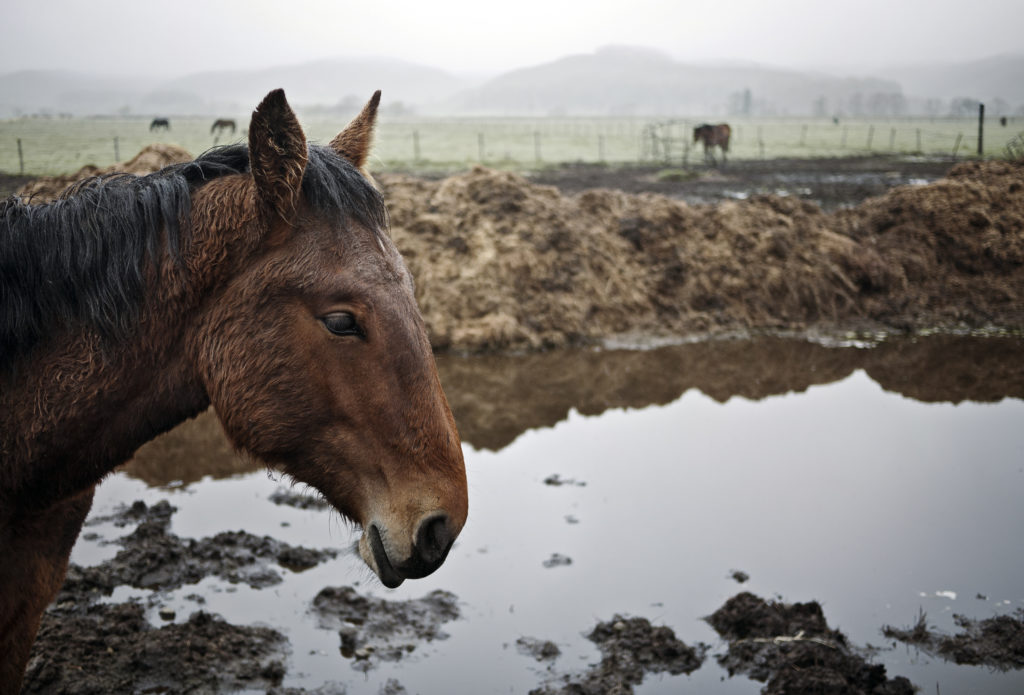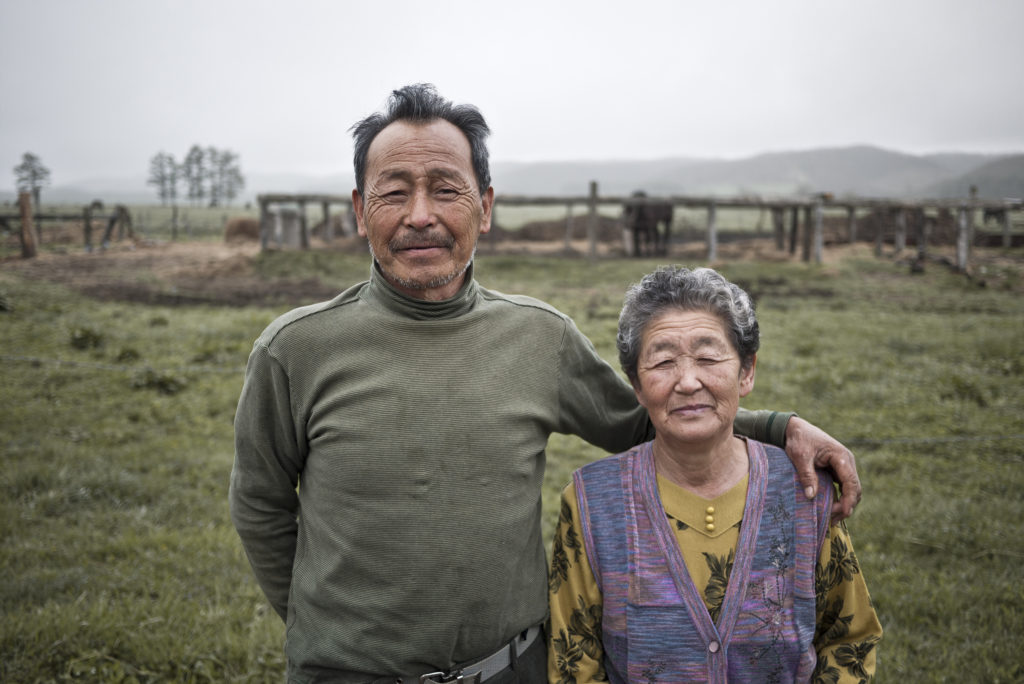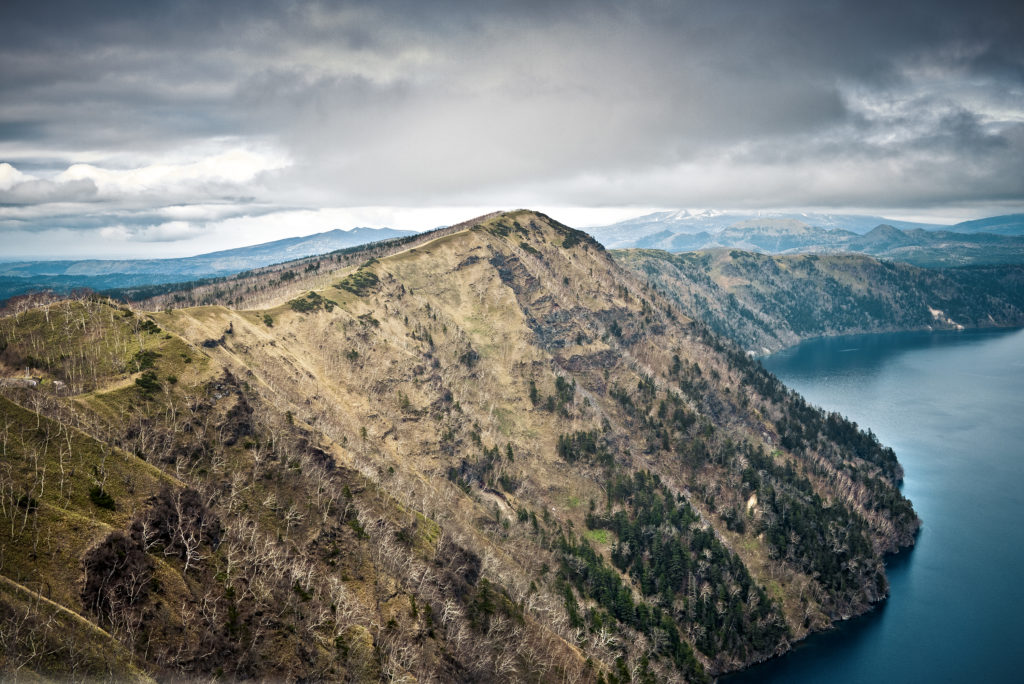
The Tanaka family have been breeding working horses for over 80 years on their farm in Tsurui, a remote area just outside Kushiro on the northern island of Hokkaido. The harsh landscapes are among Japan’s most uninhabitable and its people endure long hard winters, with a climate closer to that of Europe’s northern extremes than mainland Japan.
Kushiro in the South East has less snow than other areas of the island but this only means that the deep winter temperatures become significantly colder than anywhere else. The origins of these working horses, or Ban’ei as they are known, is from European working horse stock that have adapted to the harsh climate over the course of many years. Their two winter coats keep them warm and regulate body temperature during the coldest months and they survive by eating snow and digging for roots and plants.
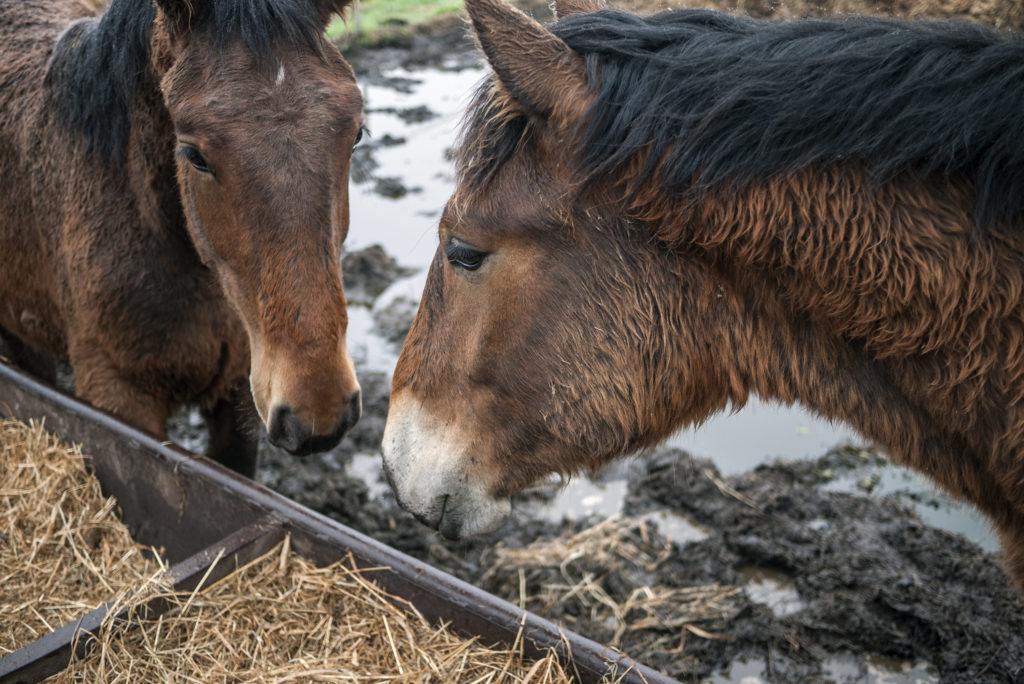
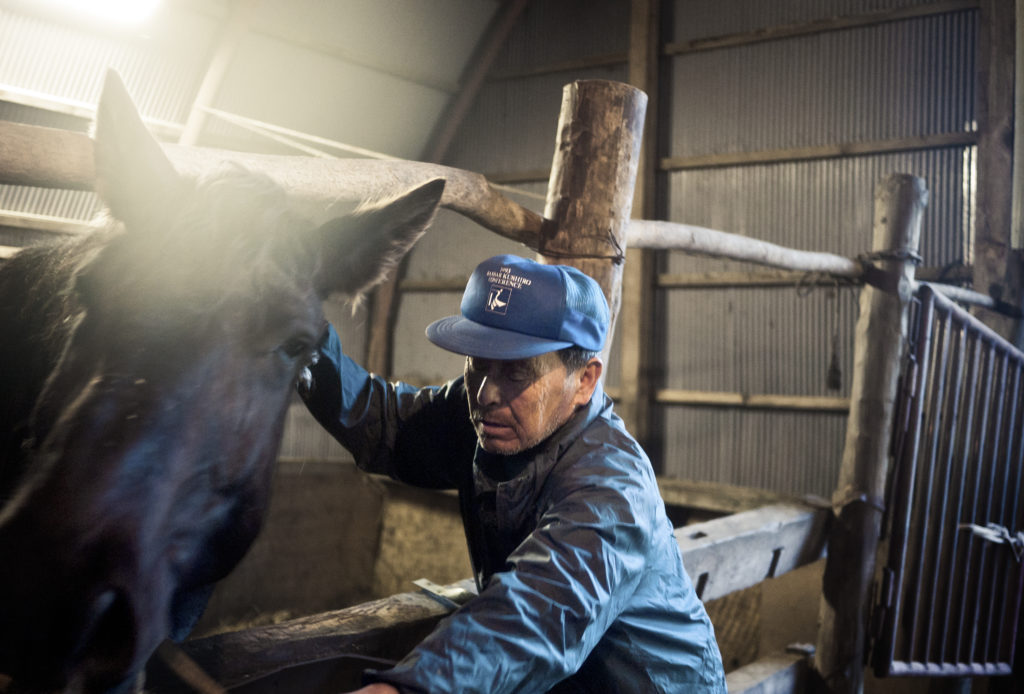
Tanaka-san’s father was a first generation migrant to the island who began farming after the family restaurant in Hyogo was destroyed by fire. In the early days they reared buffalo, sheep, goats, turkeys and even ducks. Now 88 years old, Tanaka still works the long days required to manage the 28 horses they currently have along with a stable of cattle and another nine horses due to be born next year.
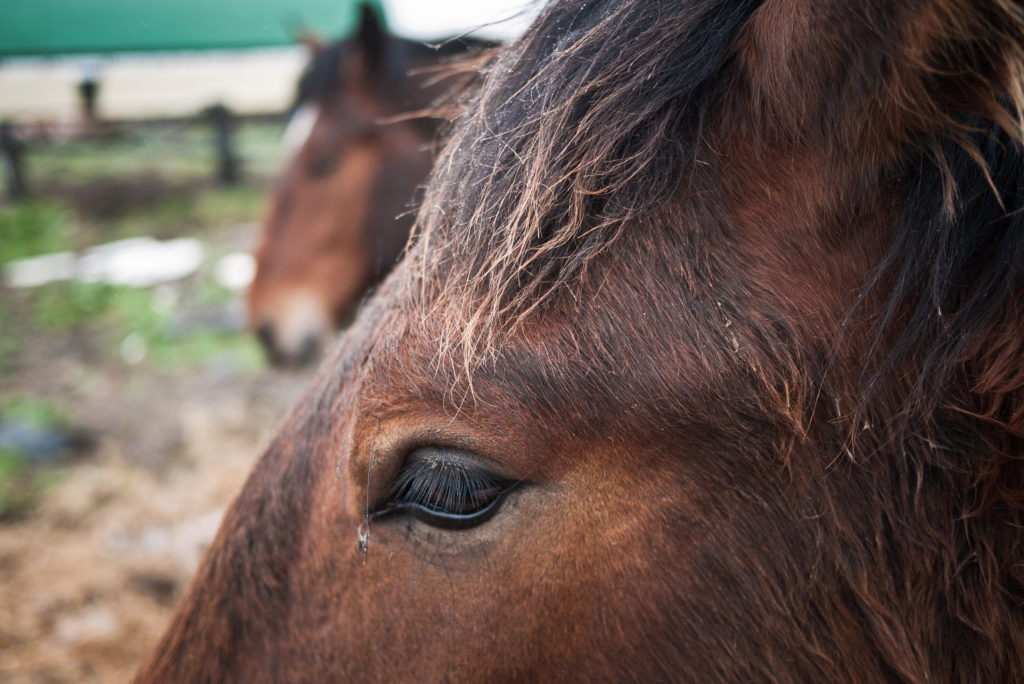
The history of this island is still young since becoming part of Japan, the first settlers came here in 1869, pioneers from all across the mainland, adopting influences from neighbouring Russia and the native Ainu people as they struggled to make a life in this new environment.
The climate here also seems to affect the temperament of it’s inhabitants, they understand the power of nature, constantly reminded of its dangers and extremes and generally appear to have more patience than their compatriots on the mainland, even developing a unique vocabulary to describe the cold.
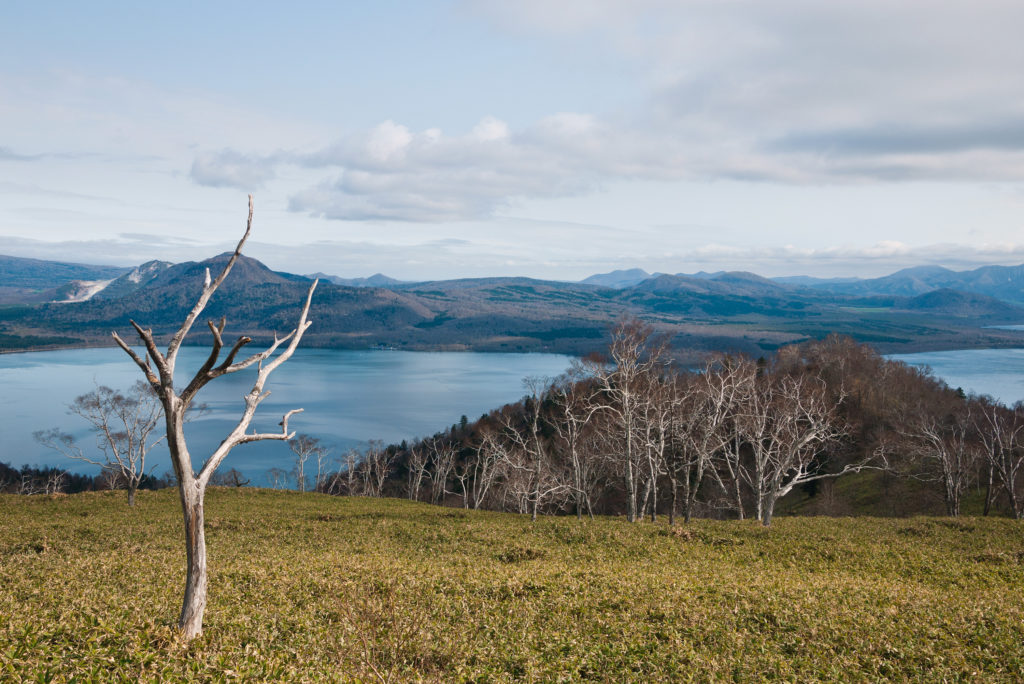

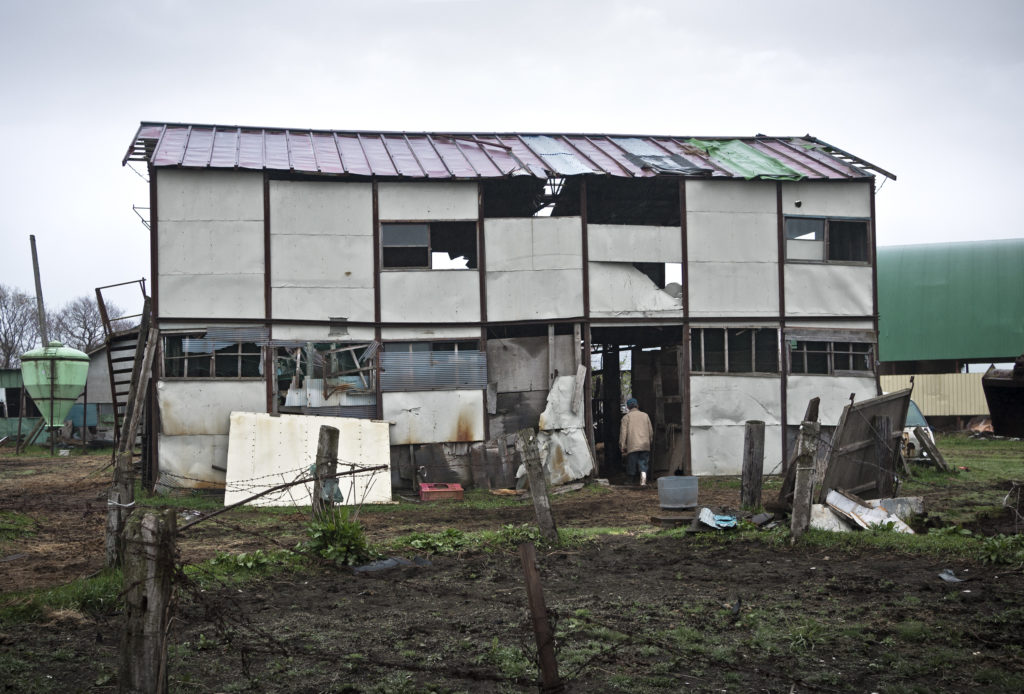
These types of horse are occasionally used for meat but their main purpose is for the once lucrative sport of Ban’ei Keiba, a type of racing specific to Hokkaido where horses pull a very heavy load over an undulating 200 meter course—the pace so slow that spectators can walk alongside as the race takes place, even in the midst of winter.
Due to a variety of factors the sport is now facing declining popularity, where there were once racecourses spread across Hokkaido, only Obihiro now remains in the capital of Sapporo. The race style began as a farmers pastime which originated from a tug-of-war between horses to test their strength and quality. Over time this developed into races between farmers, which was how Tanaka-san became involved almost 50 years ago.
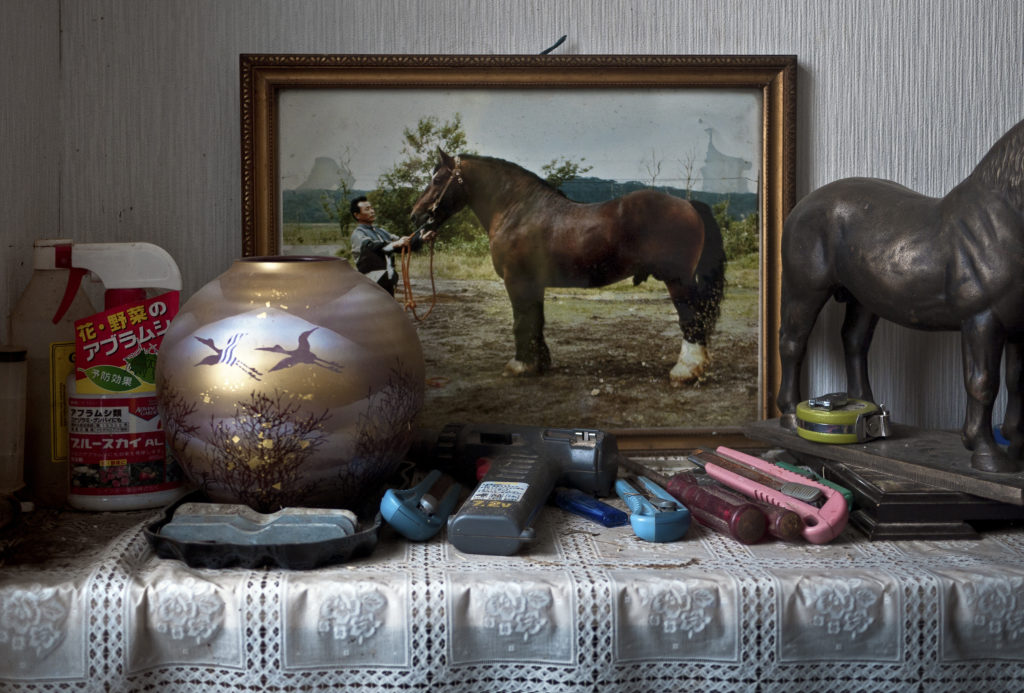
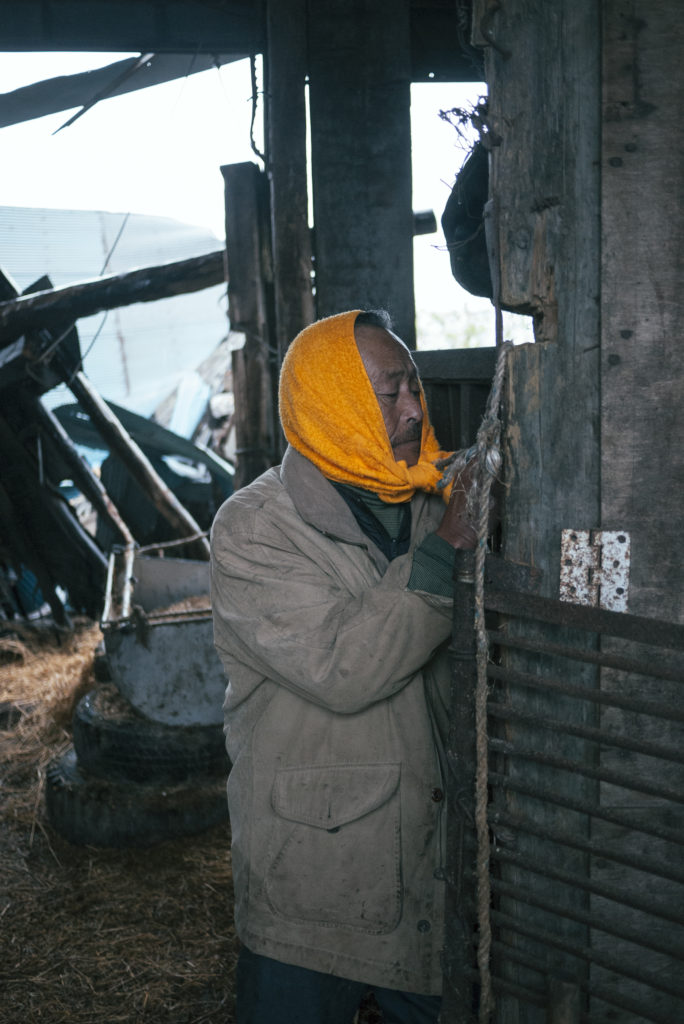
While the farm has certainly seen better days, it’s still functioning, and contrary to what some may think without an understanding of the whole story, Tanaka-san regards himself a success. Having paid off all of the debts accumulated by his father in the past, the farm is entirely his and he’s doing exactly what he wants with his life. The work is unrelenting and arduous, but it’s what he loves.
